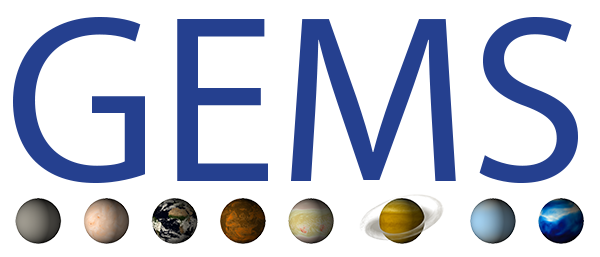nextGEMS simulations#
Check out the nextGEMS simulations overview page for an overview of all available simulations.
nextGEMS is building prototypes for a new generation of earth system models to advance science, guide policy, and inform applications to support the sustainable management of our planet. Today’s Earth System Models use grids designed to capture the horizontal, but not the vertical, motion fields of atmospheric circulations. This shortcut, while computationally expedient, requires important processes to be neglected, or represented empirically. By using a fifty-fold finer horizontal grid (3 km compared to the 150 km) storm resolving models are able to explicitly represent the circulations that make the storms in the atmosphere, the eddies in the ocean, and cracks in the ice, a leap in realism that is only now becoming possible thanks to advances in super-computing.
nextGEMS drives the development of two European storm-resolving Earth-system Models, IFS and ICON. The models undergo three development cycles with successive improvement and optimization of the model configuration and workflow. Below we provide information on the model development cycles and their respective simulations at various horizontal resolutions and changing model configuration. We intend to provide information as soon as they become available. However, this is by no means a complete model description but shall rather provide a quick overview of available experiments. Also, please keep in mind that the models are under constant change during the development phase. We try to keep track for you here. The following links point to relevant background knowledge on the models:
- Icosahedral Nonhydrostatic Weather and Climate Model (ICON)
- The ECMWF Integrated Forecasting System (IFS)
IFS-H is a hydrostatic spectral transform model with a semi-Lagrangian semi-implicit solution procedure, discretised on a cubic octahedral grid (Wedi 2014, Malardel et al. 2016). Here, the single precision version of IFS (cycle 45r2) is used.
- Contact
- ICON simulations: René Redler (MPI-M) and Daniel Klocke (MPI-M)IFS simulations: Thomas Rackow (ECMWF) and Xabier Pedruzo (ECMWF)Project office: Heike Konow (MPI-M)
Model development overview#

The simulations of the nextGEMS Cycles
See also the DYAMOND Winter multi-model intercomparison for 40 days.
See also the Ocean sensitivity experiments …
